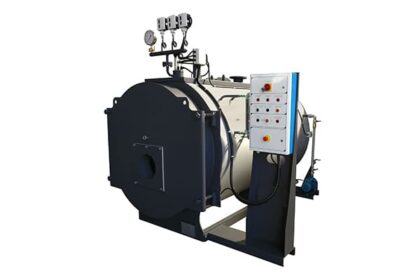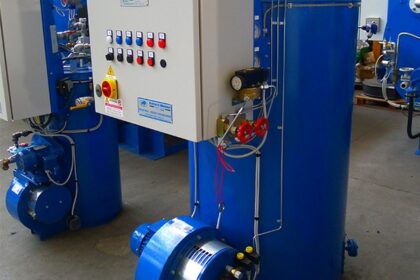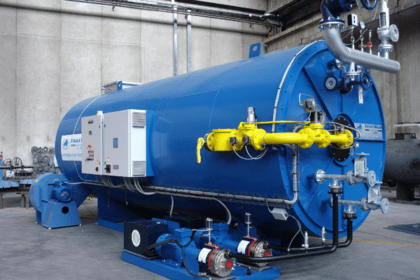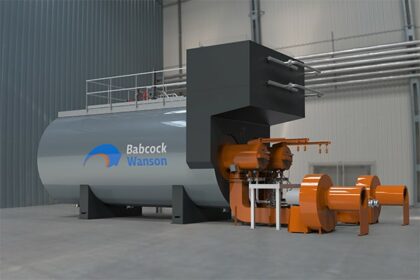Fired Steam Superheaters
The Steam Superheater from Babcock Wanson is an independently fired coil type heating system that converts saturated steam to superheated steam. The most common reasons for needing superheated steam is either to reduce the risk of condensation of the steam when transferring it to the point of use, or when the kinetic energy in the high-pressure steam is to be used, the energy in the steam must be maximised and condensation must be avoided.
Superheated steam has been used in various industries for many years to increase overall thermal efficiency. Condensation at the wrong part of the process can also damage the user equipment, so keeping the steam temperature above the point this occurs is critical.
The superheater from Babcock Wanson offers many advantages over a traditional unfired device or built in boiler superheater, not least accurate control of energy input by disconnecting the superheating of the steam from the firing rate of the boiler and therefore a consistent final steam temperature throughout the operating range of the process.
Benefits of using a Fired Steam Superheater
- The efficiency of the process heating system is optimised.
- Condensation formation in the steam distribution system is reduced.
- The risk of water hammer or mechanical damage is alleviated.
- Pipework sizing is optimised.
- The lifespan of the heating system equipment is extended.
- Fuel consumption is optimised.
Safe and Efficient
- Superheaters from Babcock Wanson include integral monitoring and regulation systems to ensure safety in operation and a long heater life.
- Optimal operating pressure is assured by a fully integrated and factory tested control system.
Environmentally Friendly
- Superheaters from Babcock Wanson offer reduced overall fuel consumption and therefore help provide low emissions and other associated advantages.
- Positioning an independent fired superheater downstream of the main steam raising plant means that only the part of the steam output that needs to be superheated is treated in this way. This means reduced attemperation requirements and an overall improvement in process efficiency.



























